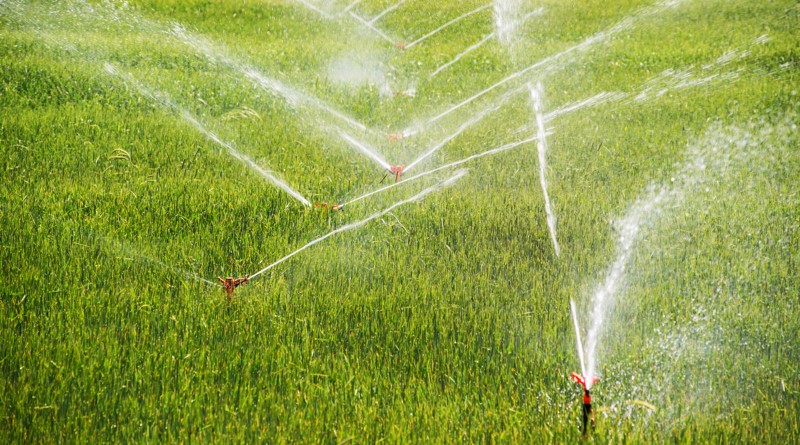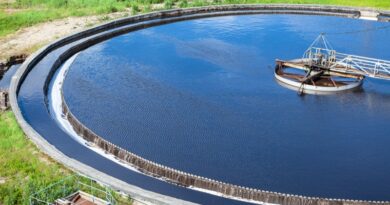ADB approves $130-mn loan for horticulture project in Himachal Pradesh

The Asian Development Bank (ADB) has approved a $130 million loan for a major project that seeks to increase agricultural productivity, improve water management and promote horticulture agribusinesses in a bid to raise income of farmers in Himachal Pradesh.
The Himachal Pradesh Subtropical Horticulture, Irrigation, and Value Addition Project will help increase the income and resilience to the effects of climate change of at least 15,000 farm households across Bilaspur, Hamirpur, Kangra, Mandi, Sirmour, Solan, and Una.
The project will improve on-farm irrigation and water management in about 6,000 hectares (ha) of farmland by rehabilitating and constructing new irrigation facilities, establishing new water sources, and strengthening the capacity of water user associations and of Jal Shakti Vibhag (Water Resources Department).
“More than half of Himachal Pradesh’s land area is in the mountains and 90 per cent of the population lives in rural areas who are dependent on agriculture,” said ADB Senior Natural Resources and Agriculture Specialist for South Asia Sunae Kim.
“Improving subtropical horticulture in the state offers a lot of economic opportunities to farmer households. Supporting horticulture value chains will also boost the subsector’s contribution to the country’s development and food security.”
According to an official statement, the farmers will be organized into cluster-wide community horticulture production and marketing associations (CHPMAs) and district-wide CHPMA cooperative societies. They will be introduced to other agricultural practices such as intercropping, beekeeping, and other modern agronomic techniques and skills.
A farmer producer company (FPC) will be created at the state-level to lead agribusiness development with the aim of ensuring profitability and access to markets of subtropical horticulture. The FPC will handle business plan development; agribusiness promotion; and designing value-addition facilities such as sorting and packaging facilities, and storage and collection centers. It will also assist district CHPMAs in managing these facilities.



